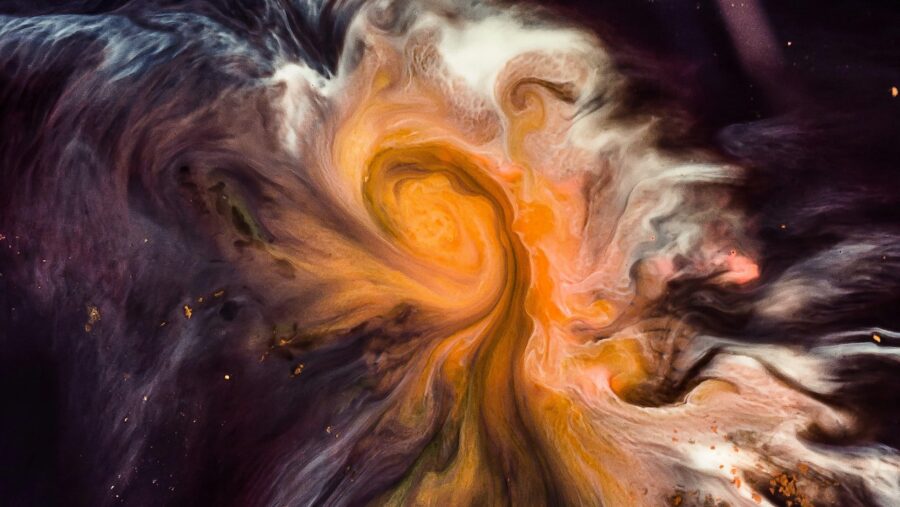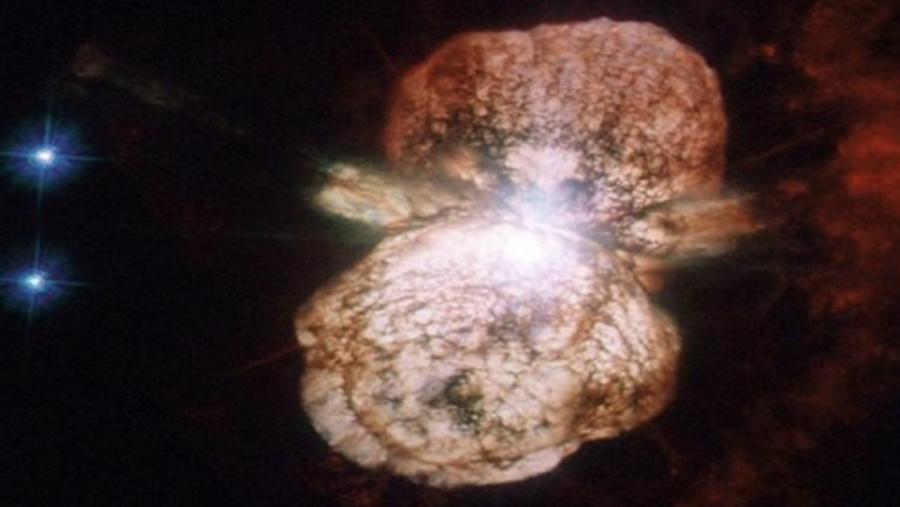Oasis Was Right: Astronomers Discovered A Champagne Supernova In The Sky

A team of researchers and astronomers at the California Institute of Technology, University of Toronto, and Lawrence Berkeley National Laboratory discovered a massive supernova that was bigger than previously believed possible.
This finding made astronomers re-think their understanding of stars and their life cycle, and it’s been given a name that will seem awfully familiar to fans of the band Oasis.

Postdoctoral researcher Andy Howell, the lead author of the study from the University of Toronto, categorized the supernova and named it “SNLS-03D3bb.”
However, Professor David Branch of the University of Oklahoma gave it a much more poetic name: the “Champagne Supernova.” The explosion offered new comprehension of the inner workings of supernovae, which is a cause for celebration. Not surprisingly, Branch is also a fan of the Brit Pop band Oasis.
The white dwarf star rests about four billion light years away from Earth. The discovery of the supernova was made possible by the Canada France Hawaii Telescope, which was followed up with the 10-meter Keck Telescope led by Richard Ellis, Steele Family Professor of Astronomy at Caltech.
This supernova was classified as a Type Ia. These are often considered and categorized as “standard candles” in astronomy due to their relatively consistent brightness. However, this supernova was much brighter than expected. Enough to take the pop charts by storm? Maybe.
This supernova was classified as a Type Ia. These are often considered and categorized as “standard candles” in astronomy due to their relatively consistent brightness. However, this supernova was much brighter than expected. Enough to take the pop charts by storm? Maybe.
The team was surprised that the white dwarf was able to accumulate such incredible mass before exploding. It actually significantly exceeded the previously accepted Chandrasekhar limit, challenging the existing models of how Type Ia supernovae occur. We had a big boy on our hands here.
The discovery of “SNLS-03D3bb” opened a Pandora’s box of new understandings and possibilities. It also sheds light on the mysterious “dark energy” responsible for the acceleration of the galaxy’s expansion.
The university team responsible for the findings foresees two possibilities for explaining how the white dwarf attained so much mass; centrifugal force kept the spinning star from being crushed by its own gravity acceleration, or the supernova was the result of two white dwarves merging with each other. Ellis explains,
This is a remarkable discovery that in no way detracts from the beautiful results obtained so far by many teams, which convincingly demonstrate the cosmic acceleration and hence the need for dark energy. However, what it does show is that we have much more to learn about supernovae if we want to use them with the necessary precision in the future. This study is an important step forward in this regard.
Overall, this discovery of the rather hilariously named champagne supernova helped us understand how certain types of supernovae occur. Now, we just need to discover how to write the perfect rock song.












